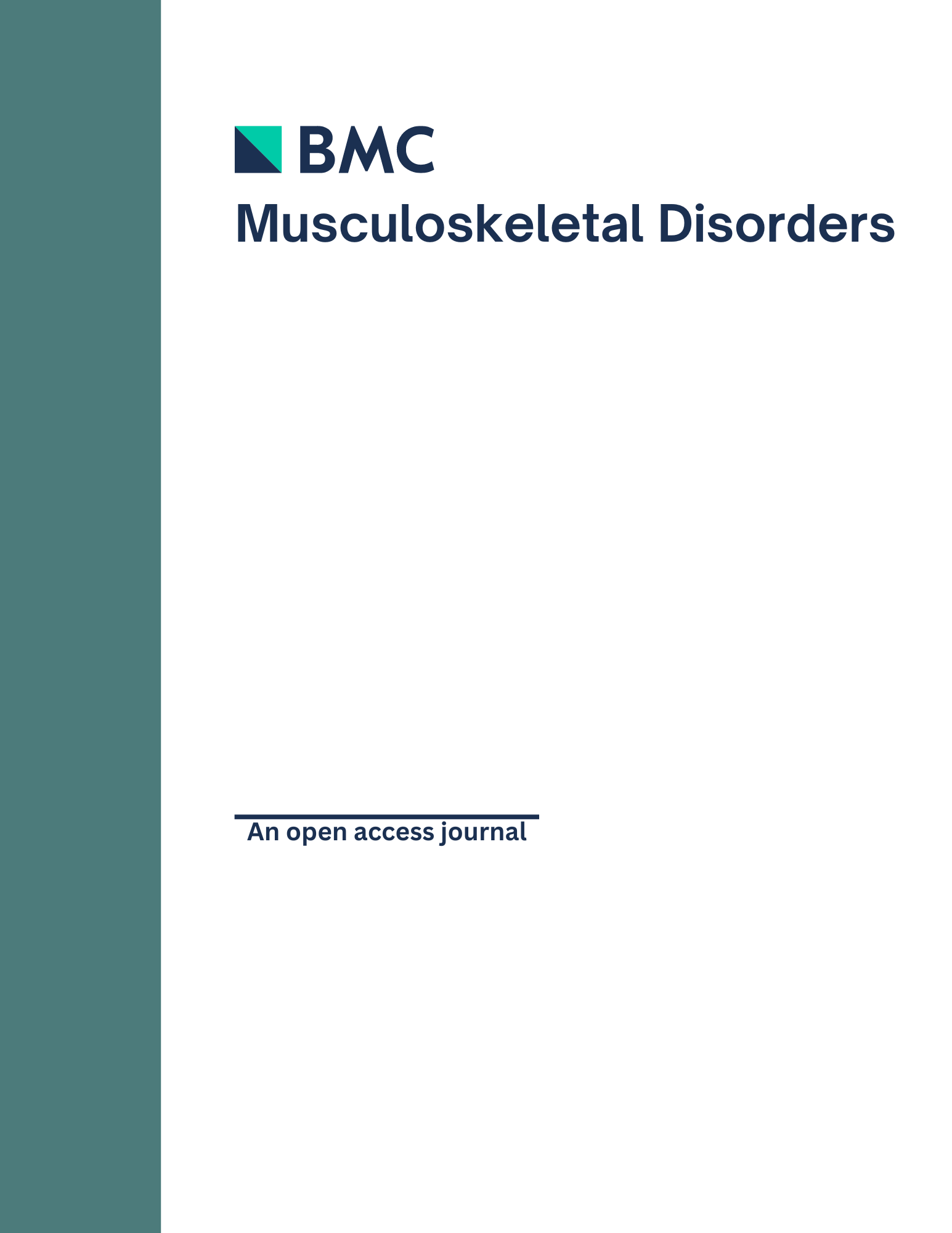
Clinical efficacy and safety of collagenase injections for Dupuytren's contracture

Clinical efficacy and safety of collagenase injections for Dupuytren's contracture
Efficacy and safety of collagenase clostridium histolyticum for Dupuytren disease nodules: a randomized controlled trial
BMC Musculoskelet Disord. 2017 Aug 30;18(1):374Synopsis
76 patients with Dupuytren's contracture and a palpable nodule were randomized to one of four groups; 0.25mg collagenase clostridium histolyticum (CCH) injection, 0.40mg CCH injection, 0.60mg CCH injection, or placebo injection. Patients were assessed over 8-week follow-up nodule size and hardness, pain, patient satisfaction, and investigator-rated improvement. After 8 weeks, reduction in nodule size was significantly greater in the 0.40mg and 0.60mg CCH groups compared to placebo, and reduction in nodule hardness was significantly greater in the 0.25mg, 0.40mg, and 0.60mg CCH groups compared to placebo. Composite responder rate for patient satisfaction and investigator-rated improvement was significantly greater in the 0.40mg and 0.60mg CCH group compared to the placbeo group, but not the 0.25mg CCH group compared to the placebo group.
Was the allocation sequence adequately generated?
Was allocation adequately concealed?
Blinding Treatment Providers: Was knowledge of the allocated interventions adequately prevented?
Blinding Outcome Assessors: Was knowledge of the allocated interventions adequately prevented?
Blinding Patients: Was knowledge of the allocated interventions adequately prevented?
Was loss to follow-up (missing outcome data) infrequent?
Are reports of the study free of suggestion of selective outcome reporting?
Were outcomes objective, patient-important and assessed in a manner to limit bias (ie. duplicate assessors, Independent assessors)?
Was the sample size sufficiently large to assure a balance of prognosis and sufficiently large number of outcome events?
Was investigator expertise/experience with both treatment and control techniques likely the same (ie.were criteria for surgeon participation/expertise provided)?
Yes = 1
Uncertain = 0.5
Not Relevant = 0
No = 0
The Reporting Criteria Assessment evaluates the transparency with which authors report the methodological and trial characteristics of the trial within the publication. The assessment is divided into five categories which are presented below.
4/4
Randomization
3/4
Outcome Measurements
4/4
Inclusion / Exclusion
4/4
Therapy Description
4/5
Statistics
Detsky AS, Naylor CD, O'Rourke K, McGeer AJ, L'Abbé KA. J Clin Epidemiol. 1992;45:255-65
The Fragility Index is a tool that aids in the interpretation of significant findings, providing a measure of strength for a result. The Fragility Index represents the number of consecutive events that need to be added to a dichotomous outcome to make the finding no longer significant. A small number represents a weaker finding and a large number represents a stronger finding.
Why was this study needed now?
Dupuytren's contracture is a common ailment of the hand. The flexion contracture of the digit can be so severe that daily activities become affected. During disease development, nodules form and may progress to cords, often increasing the contracture of the digit. Predominantly, surgery has been indicated in late disease development, or once cords develop. There is current interest in whether collagenase injection, administered within nodules, may be effective in mitigating disease progression, as the enzymes break down type I and III collagen.
What was the principal research question?
In the treatment of early Dupuytren's contracture (ie. no palpable cord developed), does injection of either 0.25mg, 0.40mg, or 0.60mg collagenase Clostridium histolyticum demonstrate efficacy and safety versus placebo, assessed over 8-week follow-up?
What were the important findings?
- Reduction in the surface area of the nodule from baseline to 8 weeks was significantly greater within the CCH 0.4mg group (80.1% reduction) and the CCH 0.60mg group (78.2% reduction) compared to the placebo (42.2% reduction) (p<0.05); the difference between the CCH 0.25mg group (58.3% reduction) and the placebo group was not statistically significant.
- Reduction in nodule consistency score and nodule hardness score from baseline to 8 weeks was significant within each of the three CCH groups (0.25mg, 0.40mg, and 0.60mg) compared to the placebo group (all p<0.05).
- Composite responder rate was significantly higher in the CCH 0.40mg group (88.9%) and the CCH 0.60mg group (77.8%) compared to the placebo group (37.5%) (p<0.03); the difference between the CCH 0.25mg group (54.5%) and the placebo group was not reported to be significant.
- Rate of adverse events was higher among the CCH 0.25mg group (21/22; 95.5%), the CCH 0.40mg group (18/18; 100%) and the CCH 0.60mg group (17/18; 94.4%) compared to the placebo group (7/17; 41.2%). All were either mild or moderate in severity; no serious adverse events were recorded. Most common adverse events were contusion/bruising, extremity pain, and local swelling.
What should I remember most?
In the treatment of early Dupuytren's nodules, injection of collagenase Clostridium histolyticum, as dosages of either 0.40mg and 0.60mg, were associated with significantly greater reduction in nodule size, decrease in nodule hardness and consistency scores, and higher rate of treatment response when compared to placebo.
How will this affect the care of my patients?
The results of this study suggest that 0.40mg and 0.60mg doses of injectable collagenase Clostridium histolyticum may be effective in reducing size and harndess of Dupuytren's nodules, and may lead to better rating of treatment response by patients and assessors when compared to injection with placebo.
Learn about our AI Driven
High Impact Search Feature
Our AI driven High Impact metric calculates the impact an article will have by considering both the publishing journal and the content of the article itself. Built using the latest advances in natural language processing, OE High Impact predicts an article’s future number of citations better than impact factor alone.
Continue



 LOGIN
LOGIN

Join the Conversation
Please Login or Join to leave comments.